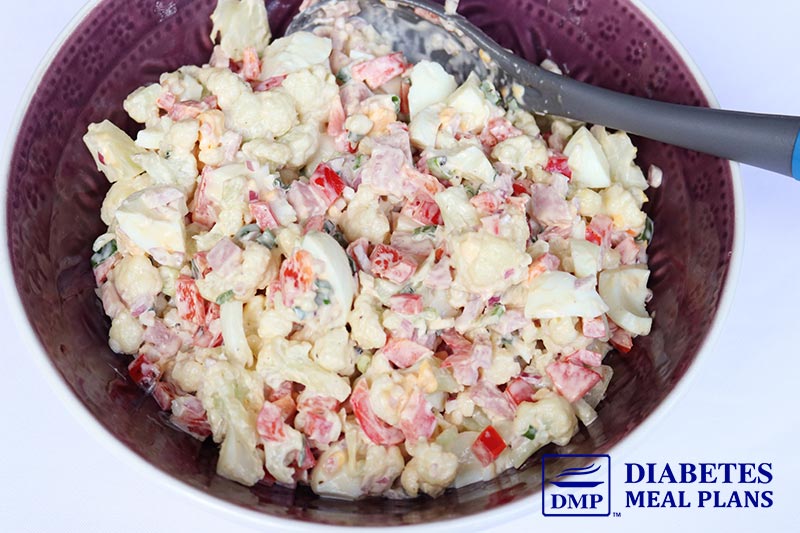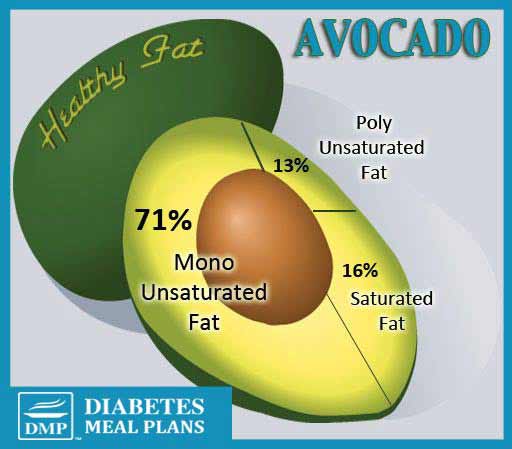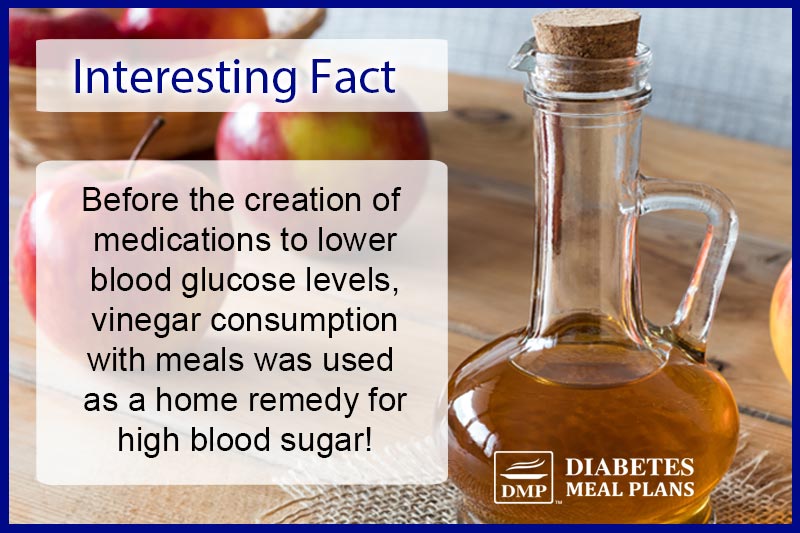Prediabetes is a condition where blood sugar levels are higher than normal, but not high enough to be diagnosed as type 2 diabetes.
It is a critical stage because, without intervention, prediabetes can progress to full-blown diabetes!
One of the most effective ways to prevent this progression is by making dietary changes.
So, what should you eat to manage your blood sugar levels?
Here are 15 nutritional “superstar” foods that you can start incorporating in your diet, ASAP.
1. Leafy Greens
Leafy greens like spinach, kale, and collard greens are low in calories and carbohydrates but high in fiber and essential nutrients. They contain antioxidants that can help improve insulin sensitivity and reduce inflammation, thereby helping to lower blood sugar levels.
With a little creativity, it’s easy to add more leafy greens into your meals. You can bulk up your smoothies by adding spinach or give your standard side salad a boost by swapping out iceberg lettuce for a mix of brightly colored greens.
If you like a peppery flavor, toss a handful of fresh arugula into your next salad!
2. Cauliflower
Cauliflower is a low-carbohydrate, high-fiber vegetable that can be used as a substitute for grains and other high-carb foods in various dishes.
Because cauliflower tastes so mild it acts as a culinary “chameleon,” blending in with other foods and taking on their flavor. You can use this to your advantage!
Cauliflower can be used as a stellar low-carb alternatives to starches like rice and potatoes. For example, this cauli-based “potato salad” would fool anybody!

3. Nuts and Seeds
Nuts like almonds, walnuts, and pistachios, along with seeds like chia, flax, and pumpkin, are excellent sources of healthy fats, protein, and fiber. The combination of these nutrients is perfect for stabilizing blood sugar levels throughout the day.
It’s easy to add nuts and seeds to your morning Greek yogurt or have them plain as a snack in between meals.
Walnuts also make an excellent topper for green salads – you get the “crunch” factor plus a big helping of heart-healthy fats!
4. Legumes
Legumes like lentils, beans, and chickpeas, are high in fiber and protein, making them a great alternative to high-carbohydrate foods.
You can incorporate legumes into salads, soups, and curries.
For ultimate blood sugar stability, enjoy legumes in small portions of only 1/4 cup or maximum half a cup at one time, and pair them with plenty of fiber-rich vegetables and healthy fats.
5. Berries
Colorful and sweet, berries are not only irresistible to look at, but they are great for you, too.
Berries have a low glycemic index compared to most other fruits and they are bursting with life-giving antioxidants.
You can step-up your breakfast by adding strawberries, raspberries, or blueberries to a cheerful parfait or a warming bowl of muesli.
6. Avocados
Avocados are the definition of a “delicious and nutritious” food!
Packed with monounsaturated fats (the anti-inflammatory kind), avocados are ideal for keeping blood sugar steady and keeping you out of the cookie jar between meals.
Avocados will keep you feeling full, may improve insulin sensitivity and contain minerals to help manage blood pressure levels. What more could you ask for?
Oh, and for the guacamole lovers, here’s a flavorful heart-healthy guac recipe!

7. Fatty Fish
Fatty fish like salmon, mackerel, and sardines are rich in omega-3 fatty acids and high-quality protein, which can reduce inflammation, and optimize insulin sensitivity, and help regulate blood sugar levels.
If you’re not already a seafood lover, check out this one-pan cheesy salmon & spinach recipe. Eating well has never tasted so good!

8. Greek Yogurt
Greek yogurt is a low-fat, high-protein food that can help control blood sugar levels. It is also a great source of probiotics, which can improve gut health and reduce inflammation.
We suggest that you choose unsweetened Greek yogurt and add berries, nuts, or even a bit of liquid stevia to boost up the flavor and sweetness without increasing your sugar intake.
9. Cinnamon
The smell of cinnamon may be linked to the holidays, but you can enjoy the health benefits of this spice all year round!
Cinnamon has strong anti-oxidant and anti-inflammatory properties that may protect against cardiovascular disease, high cholesterol, and insulin resistance.
You can reap these benefits by pouring yourself a hot mug of cinnamon tea or incorporating other recipes with cinnamon into your diet (this low carb carrot cinnamon bread is a tasty place to start).

10. Turmeric
Turmeric is a spice that contains a powerful compound called curcumin, which has been shown to be have powerful anti-inflammatory effects. By reducing inflammation, you may be able to reduce your risk of developing full-blown diabetes and prevent the complications of diabetes.
This bright orange powder has been used in natural medicine for thousands of years, and for good reason.
Turmeric has been shown to reduce inflammatory markers, prevent oxidative damage, reduce body pain, and support liver health.
11. Garlic
Garlic is a very popular ingredient, showing up in soups, stews, stir-fries, casseroles, salad dressings, sauces, and much more.
It’s everywhere…it’s good for you!
This common spice can reduce blood sugar, improve insulin sensitivity, and help manage cholesterol levels. What a great ingredient to have in your diet if you’re prediabetic.
You can get these benefits by increasing the garlic in your diet or by taking garlic as a supplement.
12. Apple Cider Vinegar
Apple cider vinegar may be bitter in taste, but the health benefits of this fermented product can be pretty sweet!
Apple cider vinegar has been shown to lower both fasting blood sugar and blood sugar levels after a meal.
It can also boost insulin sensitivity and supports healthy cholesterol levels.
You can easily incorporate apple cider vinegar into salad dressings and marinades, or even supplement it as a diluted drink.

13. Dark Chocolate
Yes, you read that correctly – chocolate can be a health food!
Dark chocolate with at least 70% cocoa content is rich in antioxidants and flavonoids to reduce inflammation and manage cholesterol levels. Plus, dark chocolate contains plenty of magnesium to support healthy stress levels.
However, moderation is key – going overboard on chocolate (even the dark kind) can get a bit trickier in terms of prediabetes blood sugar control.

14. Extra Virgin Olive Oil
Extra virgin olive oil is truly a “superfood” when it comes to prediabetes and other metabolic conditions.
Similar to avocados, olive oil is high in monounsaturated fats, which have been shown to battle against insulin resistance, elevated blood sugar levels, high cholesterol, an heart disease.
Diets containing lots of olive oil can even delay or reduce the need for blood sugar-lowering medications and statins.
It’s simple to incorporate this healthy fat into your diet by using it in every day cooking and baking, using it as a salad dressings, or drizzling it over cooked vegetables.
15. Broccoli
Broccoli is a nutrient-dense, low-calorie vegetable that can help manage the effects of prediabetes.
The high fiber content is great for digestion, satiety (feeling full), and stabilizing blood sugar.
Broccoli also contains vitamin C, iron, potassium, and a compound called sulforaphane, which has been shown to improve insulin sensitivity and reduce the risk of developing type 2 diabetes.
Conclusion
By incorporating a wide range of nutrient dense whole foods with natural health benefits, like the 15 key foods listed above, you will see your prediabetes blood sugar come back to normal, you’ll lose weight and avoid medications too!


Susan Irons
Please help this is so helpful just don’t know where to start
Dr Jedha
Hi Susan, Yes it can all seem overwhelming, especially at first. The most important thing is you start somewhere. It looks like you’ve subscribed to our emails and have our food list, so use that as your guide. Take a look at your eating plan and work on one meal or one food at a time. To get on track fast, I’d recommend the Prediabetes Reset Program, which will guide you step-by-step on where to start and what to do.